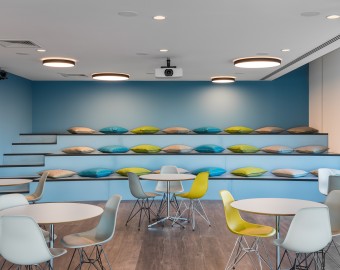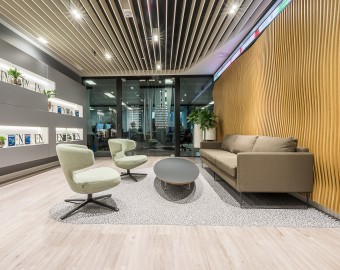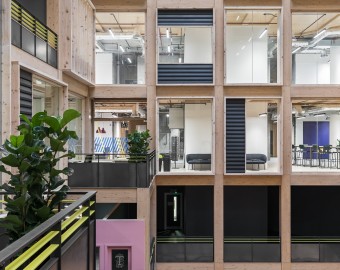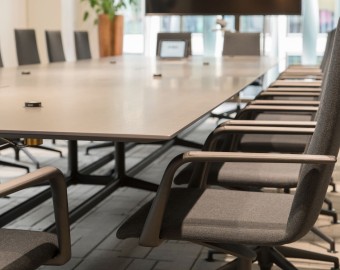Flexible working and it's impact on Office Design
Flexible working is generally accepted as something most of us are really happy about. Mobile technology means that many of us can work from anywhere for at least part of the week without it negatively affecting our productivity.
Is desk ownership in the office a thing of the past?
Dare we ask…does this mean that desk ownership could be a thing of the past?
We all like to have our own space and there is interesting research that indicates that we are happier working in offices where we have some control over the environment in which we work. Well-designed offices really do lead to higher productivity so we need to be very careful that we don’t make our offices soulless. Quiet spaces, telephone booths, informal meeting areas, breakout spaces and even relaxing spaces are proven to make offices both more interesting and more effective at supporting open plan office design. However they have often been designed out because of lack of space… Can we make our offices about more than just desks and storage?
Before we can honestly identify if we should react to this change in use of our offices, we really need to be sure what is happening.
Time Utilisation Studies
Time Utilisation Studies (TUS’s) help us to understand exactly what is happening in our offices. It is likely that if you think your offices are empty for a lot of the week, they probably are.
A typical TUS measures the occupancy rates of your office over either 1 or 2 weeks. The longer the study, the more accurate the results.
Desks are identified and tracked hourly for activity. The survey will indicate overall and departmental occupancy rates which can be applied to headcount to understand exactly what is going on.
Peak and average rates are identified and we can clearly see how occupied your office is over the period of the study.
We recently carried out a study over 3 floors and 200 workstations. It clearly indicated a Peak Occupancy Rate of 75% with an Average Occupancy Rate of 60%. This included a 20% holiday allowance and clearly suggests possibilities for change.
A TUS can also identify how well your meeting spaces are used… are they the right size for your company? Do you often have 2 or 3 people sitting in a room for 12? How long are the meetings? This information can inform the size, type and quantity of meeting rooms/areas you need to support your business.
What next…
Understanding exactly how we now need to use our office spaces may lead to much more inventive office design for everyone, not just for Google!
Get in touch
If you would like help with your office space design then please contact us on 01223 656111 or email info@theworkspaceconsultants.com.




